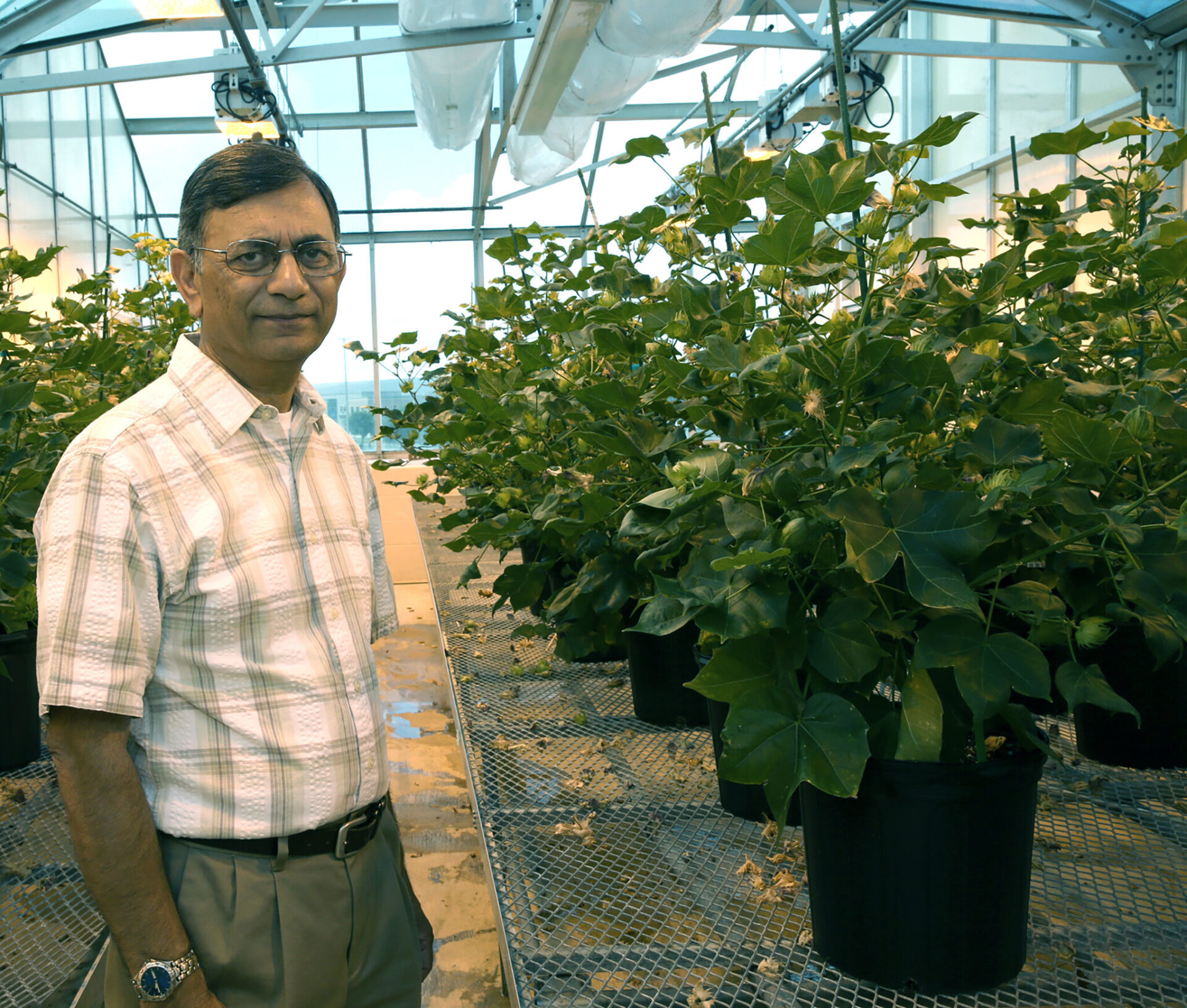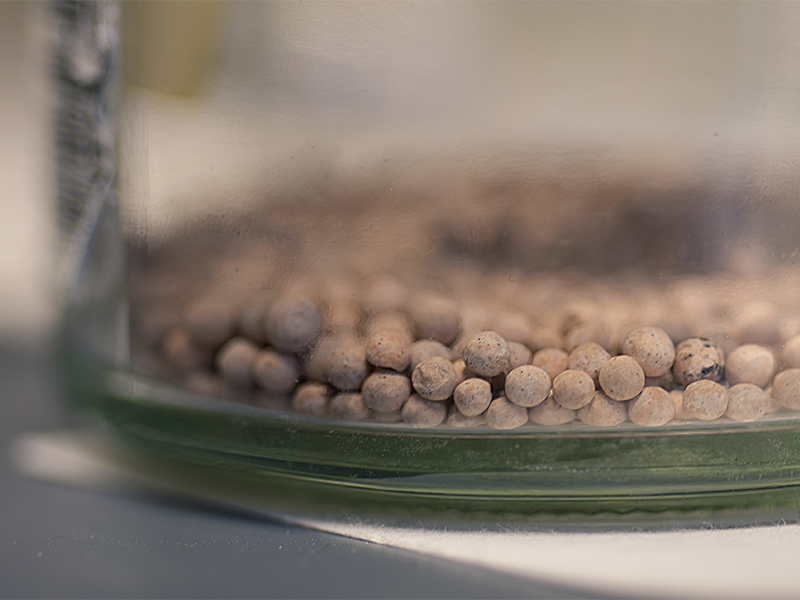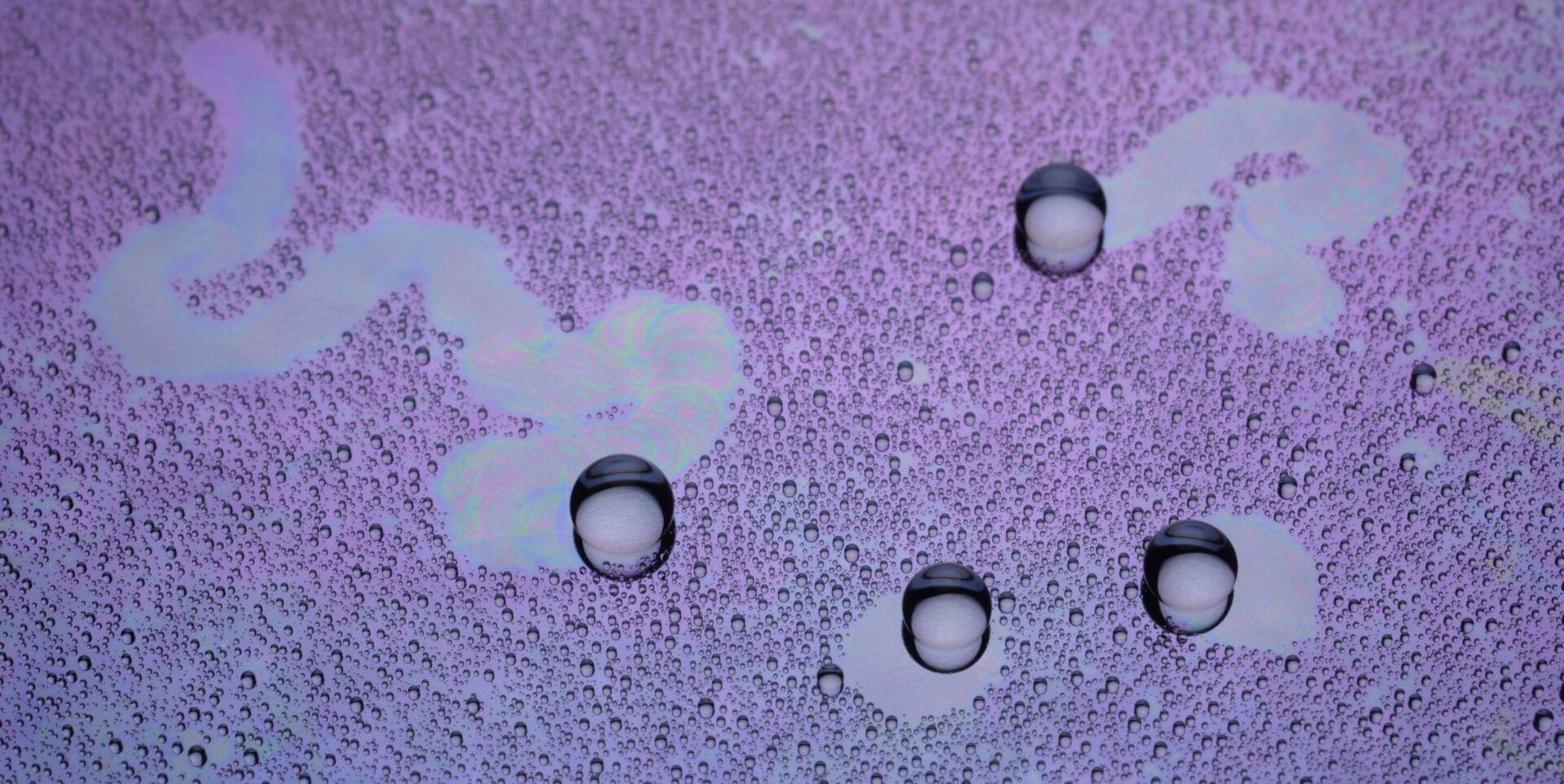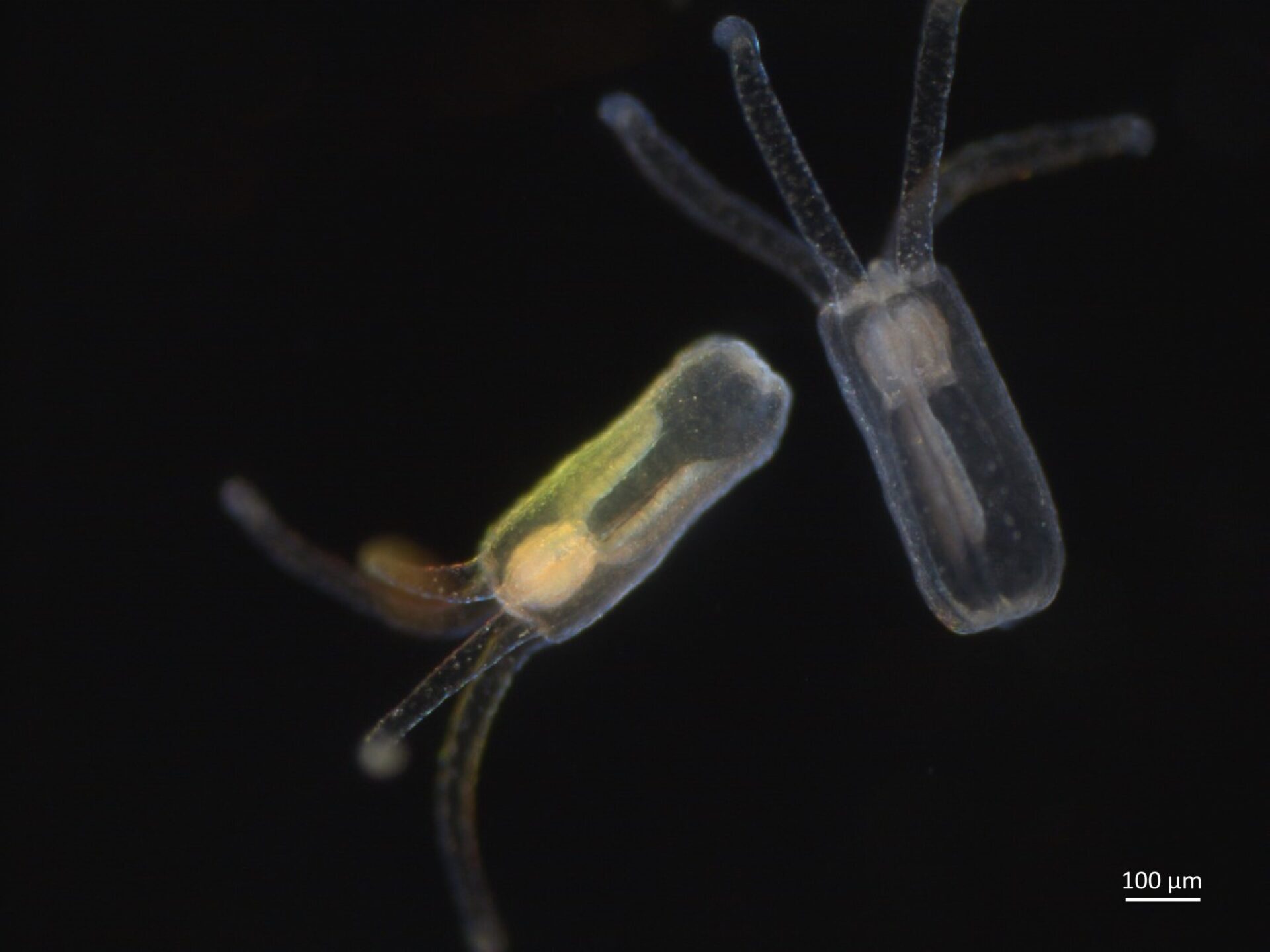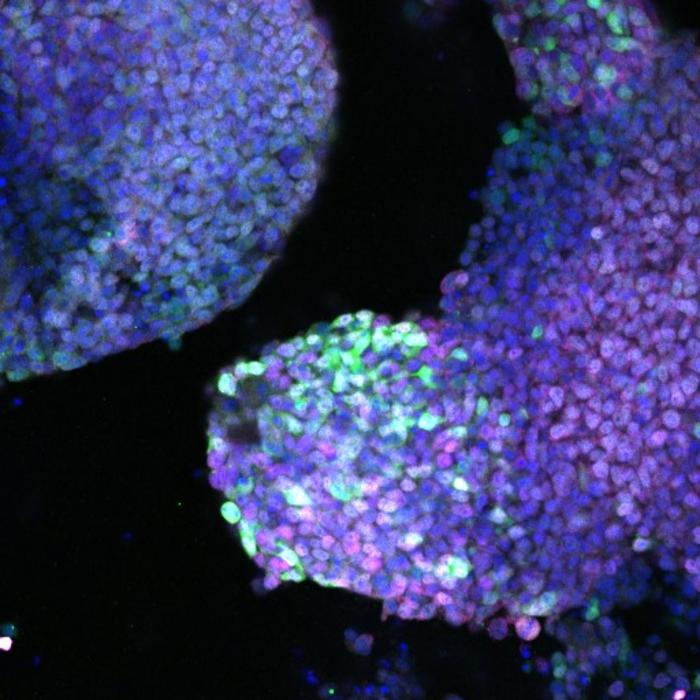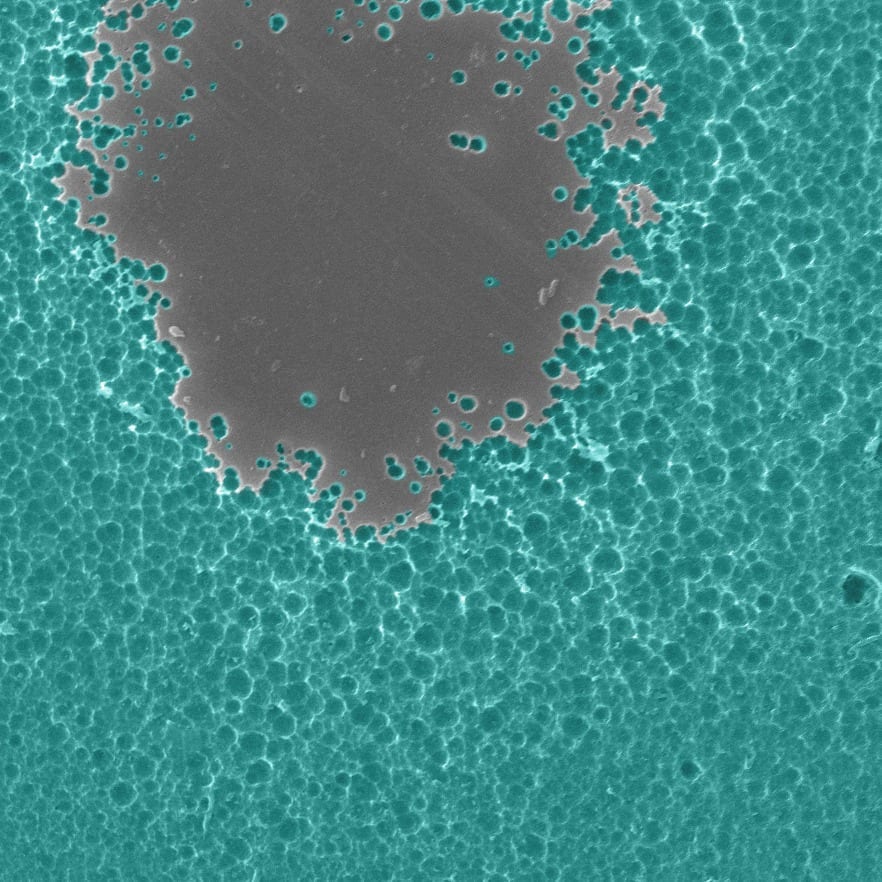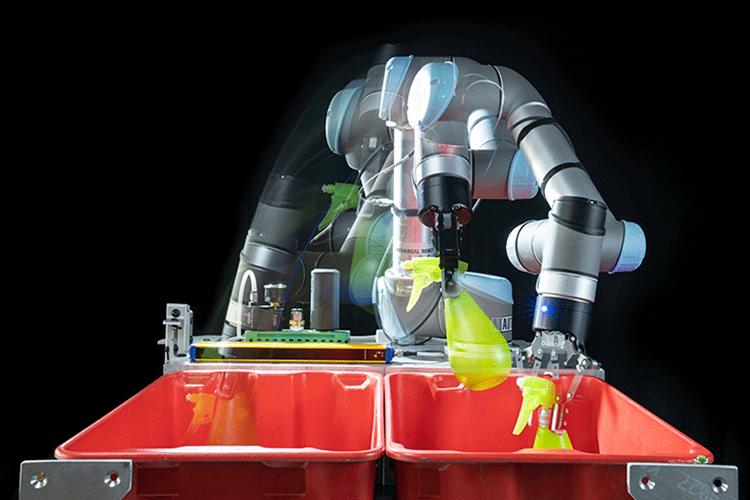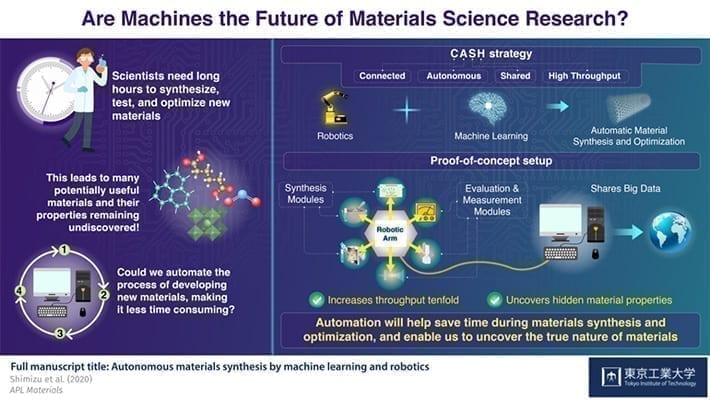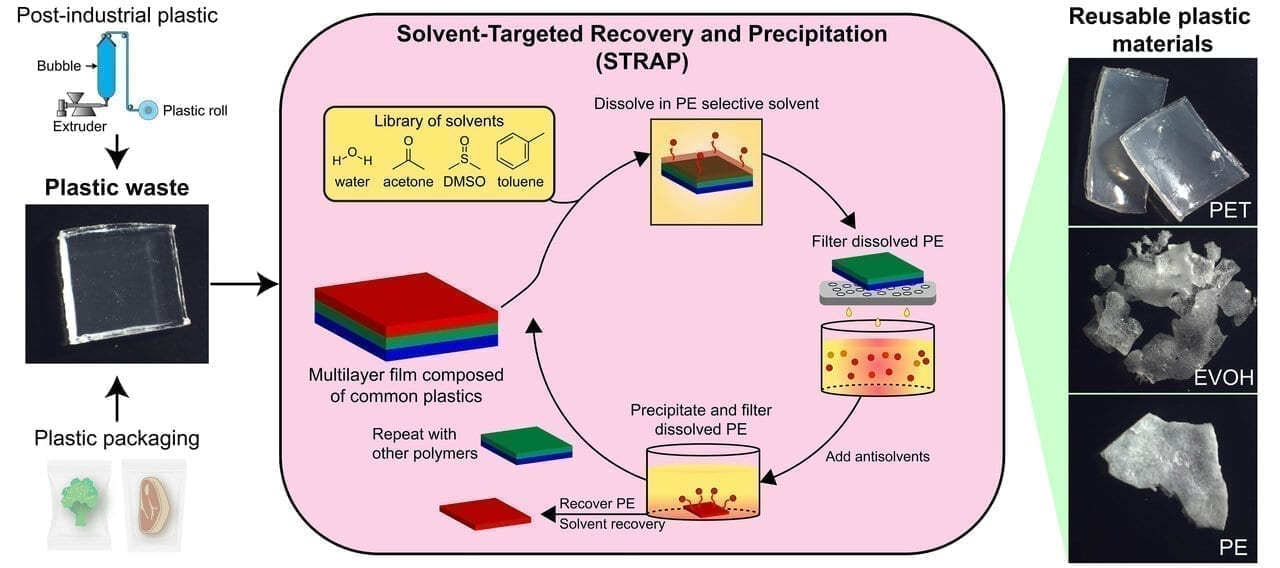
via University of Surrey
Multilayer plastic materials are ubiquitous in food and medical supply packaging, particularly since the specific properties of layered polymers can keep moisture from fouling sterile syringes or light and oxygen from making potato chips stale. But despite their utility, those ever-present plastics are impossible to recycle using conventional methods.
About 100 million tons of multilayer thermoplastics — each composed of as many as 12 layers of varying polymers — are produced globally every year. Forty percent of that total is waste from the manufacturing process itself, and because there has been no way to separate the polymers, almost all of that plastic ends up in landfills or incinerators.
Now, University of Wisconsin–Madison engineers have pioneered a method for reclaiming the polymers in these materials using solvents, a technique they’ve dubbed Solvent-Targeted Recovery and Precipitation (STRAP) processing. Their proof-of-concept is detailed today (Nov. 20, 2020) in the journal Science Advances.
By using a series of solvent washes guided by thermodynamic calculations of polymer solubility, UW–Madison professors of chemical and biological engineering George Huber and Reid Van Lehn and their students used the STRAP process to separate the polymers in a commercial plastic composed of common layering materials polyethylene, ethylene vinyl alcohol, and polyethylene terephthalate.
The result? The separated polymers appear chemically similar to those used to make the original film.
The team now hopes to use the recovered polymers to create new plastic materials, demonstrating that the process can help close the recycling loop. In particular, it could allow multilayer-plastic manufacturers to recover the 40 percent of plastic waste produced during the production and packaging processes.
“We’ve demonstrated this with one multilayer plastic,” says Huber. “We need to try other multilayer plastics and we need to scale this technology.”
The goal is to eventually develop a computational system that will allow researchers to find solvent combinations to recycle all sorts of multilayer plastics.
As the complexity of the multilayer plastics increases, so does the difficulty of identifying solvents that can dissolve each polymer. That’s why STRAP relies on a computational approach used by Van Lehn called the Conductor-like Screening Model for Realistic Solvents (COSMO-RS) to guide the process.
COSMO-RS is able to calculate the solubility of target polymers in solvent mixtures at varying temperatures, narrowing down the number of potential solvents that could dissolve a polymer. The team can then experimentally explore the candidate solvents.
“This allows us to tackle these much more complex systems, which is necessary if you’re actually going to make a dent in the recycling world,” says Van Lehn.
The goal is to eventually develop a computational system that will allow researchers to find solvent combinations to recycle all sorts of multilayer plastics. The team also hopes to look at the environmental impact of the solvents it uses and establish a database of green solvents that will allow them to better balance the efficacy, cost and environmental impact of various solvent systems.
The project stems from UW–Madison’s expertise in catalysis. For decades, the university’s chemical and biological engineering researchers have pioneered solvent-based reactions to convert biomass — like wood or agricultural waste — into useful chemicals or fuel precursors. Much of that expertise translates into solvent-based polymer recycling as well.
The Latest Updates from Bing News & Google News
Go deeper with Bing News on:
Multilayer thermoplastics
- Aviation-specific battery system uses advanced composites to address electric, hybrid flight
BOLDair’s composite enclosures, compression structures and thermal runaway management enables high-performance electric energy storage.
- Around the Towns: west end
The floor area of a habitable attic is included in the calculation of the land use ratio.” Regarding standards applicable to accessory buildings, the revised bylaw says the maximum total area of all ...
- Enter the new era of mobile AI with Samsung Galaxy S24 Series
Samsung Electronics Co Ltd has proudly unveiled the Galaxy S24 Ultra, Galaxy S24+ and Galaxy S24, unleashing new mobile experiences with Galaxy AI. This ground-breaking Galaxy S Series leads the way ...
Go deeper with Google Headlines on:
Multilayer thermoplastics
[google_news title=”” keyword=”multilayer thermoplastics” num_posts=”5″ blurb_length=”0″ show_thumb=”left”]
Go deeper with Bing News on:
Multilayer plastics
- UFlex switches to renewable energy for packaging plant in Karnataka, India
The agreement is a Power Purchase Agreement with Amplus Phoenix Private Limited, which will supply clean energy under a group captive power policy.
- JMDE Packaging
JMDE Packaging & Realties Ltd has submitted to BSE the Shareholding Pattern for the Period Ended March 31 2018. For more details kindly
- Wella Releases Sustainable Welloxon Perfect Professional Color Developer
The revamped version of Welloxon Perfect salon color developer comes in sustainable packaging and "reduces environmental impact." ...
- EPA organize interactive World Environment Day
Environment Protection Agency organized an awareness interactive session with students regarding World Earth Day celebration. The ...
- Complete ban on plastic bags to be enforced from June 5 in Punjab
This decisive measure aims to eradicate plastic bags and mitigate the risks posed by plastic to human life, wildlife and aquatic ecosystems.
Go deeper with Google Headlines on:
Multilayer plastics
[google_news title=”” keyword=”multilayer plastics” num_posts=”5″ blurb_length=”0″ show_thumb=”left”]

